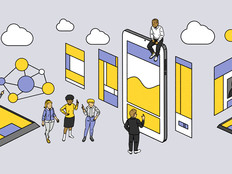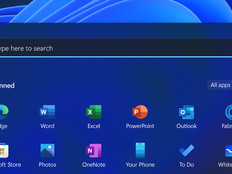User Profiles and Massive Query Histories Guide AI Assistants
MARTHA’s engine is the BMC Helix Digital Workplace platform, which leverages IBM Watson Assistant conversational interface functionality — the brains behind the system, Fozard says.
GWU launched the chatbot with some of the most common requests. When a student keys a question into the system, MARTHA uses cognitive automation capabilities to reach out to a database, find the answer and reply. The authentication-based system identifies users after they sign in, drawing insights from their user profiles.
“We’ve created a service broker that can handle decisions on where to go to look for information,” Fozard says. “As we educated it and users tested it, the Watson component was learning alongside of us. If someone types in a question about 3D printing, we know that’s most likely a student who has access to 3D printers in the engineering classroom or a medical enterprise.”
The tricky part is getting the details right. While MARTHA can distinguish between faculty and staff users, it still needs to know, for example, the location of a door that’s not working, since a person could work in one building but encounter a problem in another.
Data is key to developing chatbots that can successfully perform the jobs for which they’re designed.
At the Georgia Institute of Technology’s School of Interactive Computing, professor Ashok Goel may have been among the first instructors to put a virtual teaching assistant to use, back in 2016.
He and a team of graduate students created the first generation of the Jill Watson assistant using IBM’s Watson technology (they have since moved to using proprietary and open-source software).
To give Jill the tools she needed to respond to students’ queries, Goel’s team trained the system using a database of more than 40,000 questions.












